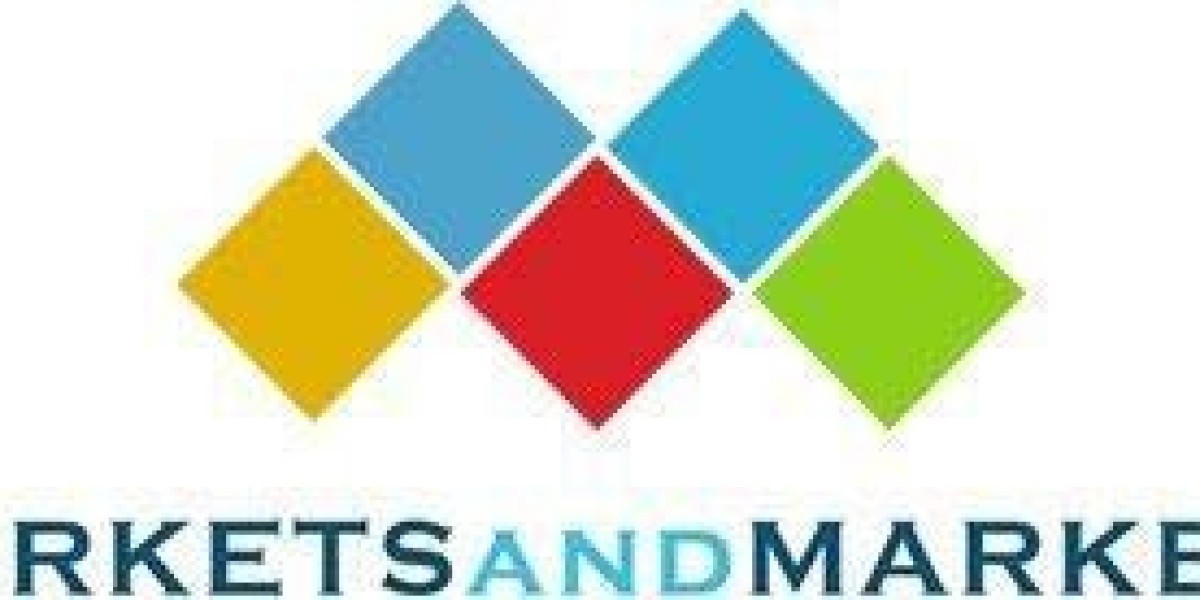Global Forecast to 2028", is valued at an estimated USD 22.3 billion in 2023 and is projected to reach USD 41.1 billion by 2028, at a CAGR of 13.0% during the forecast period. Microfluidics technologies help lower the overall cost of the drug development process by offering quick analysis, reduced reagent consumption, as well as accurate outcomes from tests. Besides all of these factors, the demand for microfluidics technology is rising as a result of the growing usage and adoption of point-of-care diagnostics tools like glucose monitors and pregnancy test kits.
The microfluidic-based devices segment holds the largest market share during the forecast period.
The microfluidics market can be generally divided into components and devices that use microfluidic technology. The microfluidics market by product will be significantly dominated by the segment of microfluidic-based devices in 2022. The highest rate in this market can be largely attributed to the growing use of technologically advanced microfluidic-based devices in pharmaceutical and life science research, the growing demand for laboratory equipment miniaturization, the rising demand for microfluidic-based PoC testing, and the growing use of microfluidic technology for drug discovery.
Download PDF brochure: https://www.marketsandmarkets.com/pdfdownloadNew.asp?id=1305
The in-vitro diagnostic segment is expected to grow at the highest rate during the forecast period.
In vitro diagnostics, pharmaceuticals, life science research and manufacturing, and therapeutics are the three major application segments in which the microfluidics market is widely categorized in this study. The market for microfluidics in 2022 was dominated by the in vitro diagnostics segment. The significant share of this market can be largely attributed to the increase in target disease prevalence and the demand for PoC testing. The implementation of these devices in IVD applications has also been influenced by the advantages of microfluidics devices over conventional devices (such as portability, compact size, increased testing frequency, and accurate & rapid analysis).
In the end-user segment, hospitals & diagnostic centers are expected to grow at the highest share in the microfluidics market.
According to end users, the microfluidics market can be classified into three categories: academic & research institutes, pharmaceutical & biotechnology companies, and hospitals & diagnostic centers. The end users market in 2022 was dominated by the hospitals and diagnostic centers sector. The growing implementation of microfluidics technology for rapid identification of a wide range of chronic diseases, in addition to rising technological improvements, are factors contributing to the significant share of the market.
North America will continue to dominate the adhesion barriers market in 2028.
On the basis of region, the microfluidics market is segmented into North America, Europe, Asia Pacific, Latin America, the Middle East, and Africa. North America has various advantages—an advanced healthcare system, high public and private healthcare spending rise in the geriatric population, rising prevalence of chronic and lifestyle diseases, and the significant presence of prominent players in the region are the major factors contributing to the growth of North America and the largest share of the microfluidics market APAC is known to grow at the highest rate. The growth in the market can be attributed to increasing R&D activities, rising government funding for drug discovery research, and high growth in the pharmaceutical and biotechnological industries.
The microfluidics market is a highly fragmented market with the presence of several multinational and local market players. Some of the prominent players include The prominent players in the global microfluidic components market include Parker-Hannifin Corporation (US), Danaher Corporation (US), Thermo Fisher Scientific (US), Fluigent SA (France), Agilent Technologies (US), Bio-Rad Laboratories, Inc. (US), Becton, Dickinson and Company (US), F. Hoffmann-La Roche (Switzerland), IDEX Corporation (US), Dolomite Microfluidics (UK), Cellix Ltd. (Ireland), Elveflow (France), PerkinElmer Inc. (US), Camozzi Automation Spa Società Unipersonale (Italy), Fortive Corporation (US), Aignep S.P.A. (Italy), SMC Corporation (Japan), Illumina, Inc. (US), Micronit Microtechnologies (Netherlands), and MicroLiquid (Spain).
Read More: https://www.marketsandmarkets.com/Market-Reports/microfluidics-market-1305.html
About MarketsandMarkets™
MarketsandMarkets™ provides quantified B2B research on 30,000 high growth niche opportunities/threats which will impact 70% to 80% of worldwide companies’ revenues. Currently servicing 7500 customers worldwide including 80% of global Fortune 1000 companies as clients. Almost 75,000 top officers across eight industries worldwide approach MarketsandMarkets™ for their painpoints around revenues decisions.
Our 850 fulltime analyst and SMEs at MarketsandMarkets™ are tracking global high growth markets following the "Growth Engagement Model – GEM". The GEM aims at proactive collaboration with the clients to identify new opportunities, identify most important customers, write "Attack, avoid and defend" strategies, identify sources of incremental revenues for both the company and its competitors. MarketsandMarkets™ now coming up with 1,500 MicroQuadrants (Positioning top players across leaders, emerging companies, innovators, strategic players) annually in high growth emerging segments. MarketsandMarkets™ is determined to benefit more than 10,000 companies this year for their revenue planning and help them take their innovations/disruptions early to the market by providing them research ahead of the curve.
MarketsandMarkets’s flagship competitive intelligence and market research platform, "Knowledgestore" connects over 200,000 markets and entire value chains for deeper understanding of the unmet insights along with market sizing and forecasts of niche markets.



